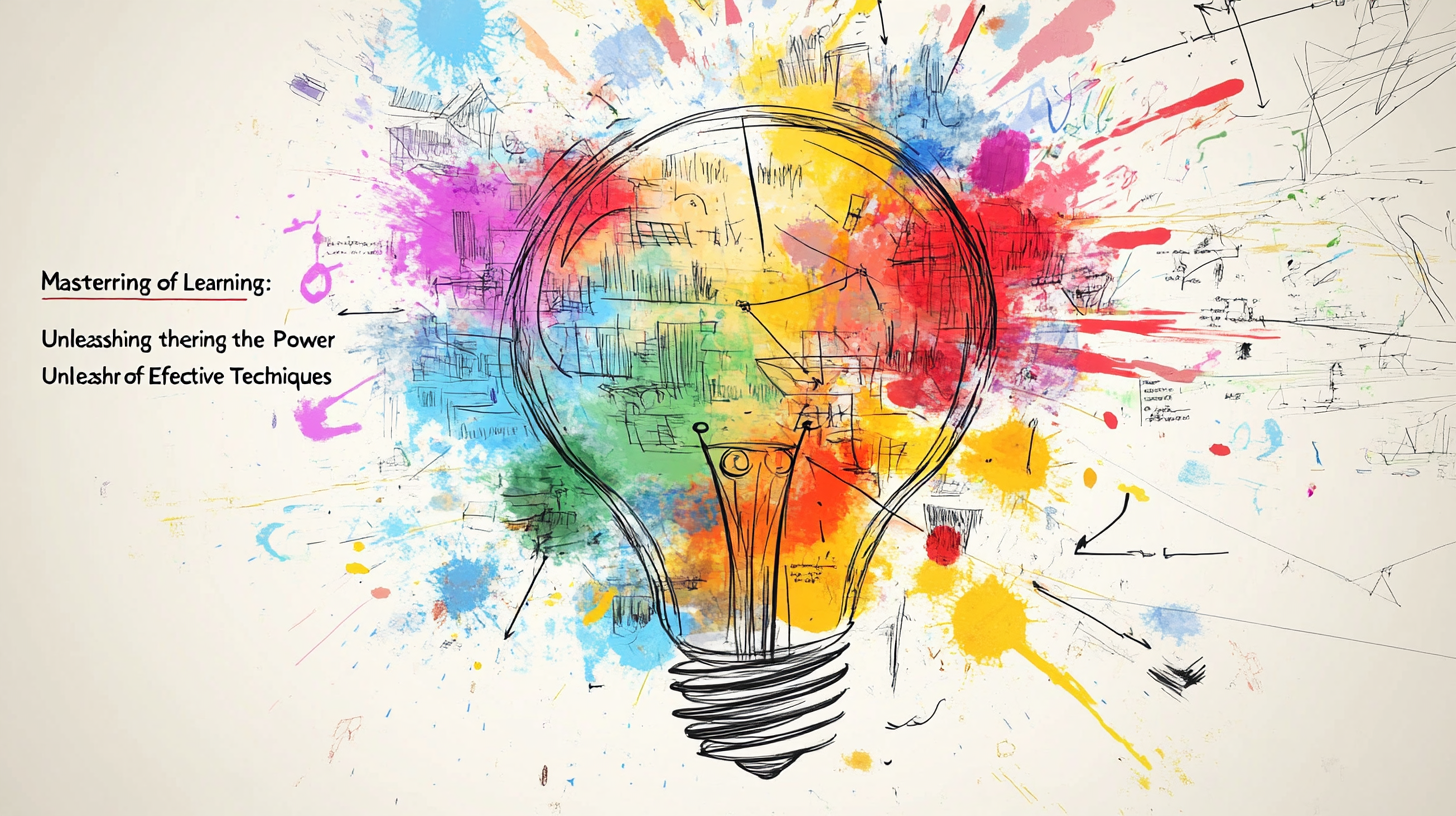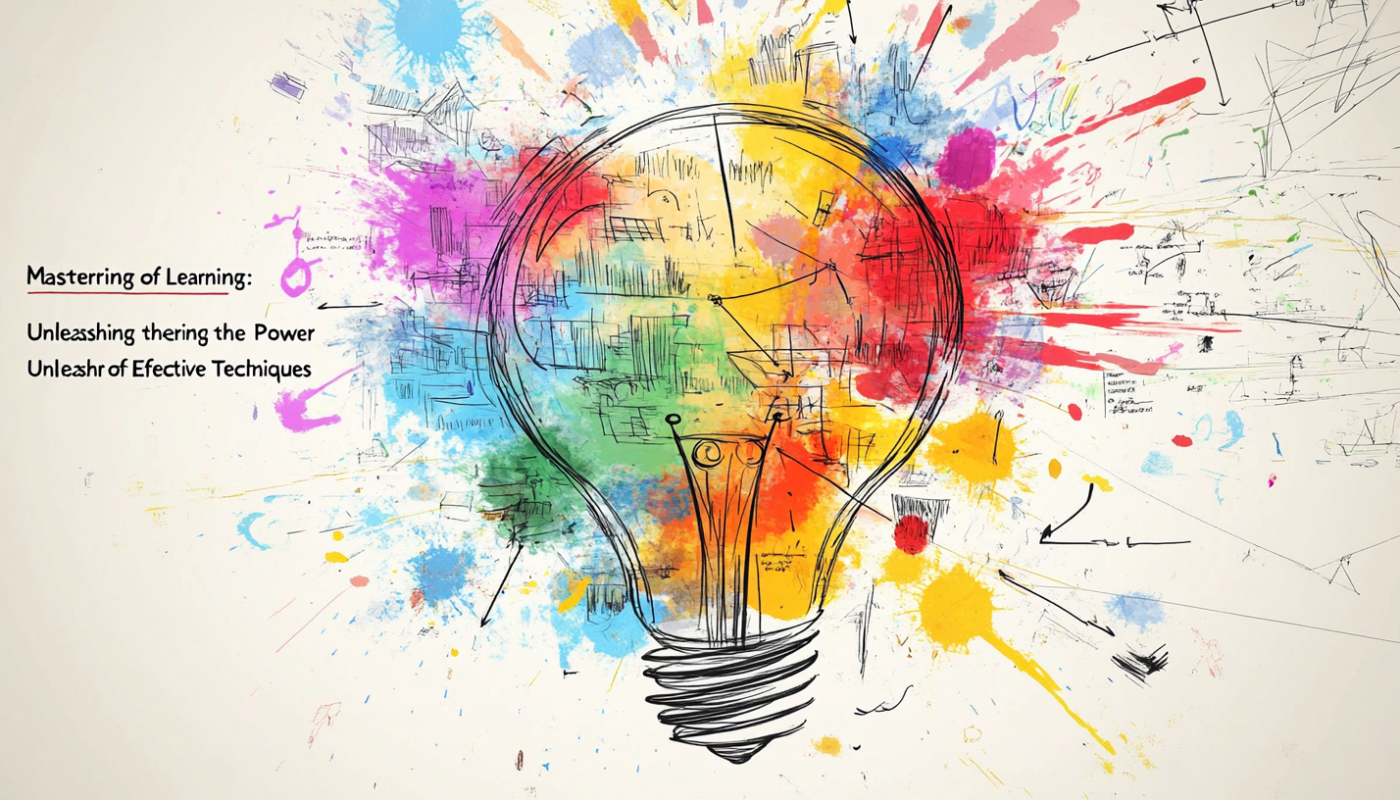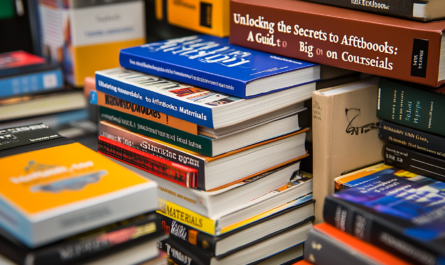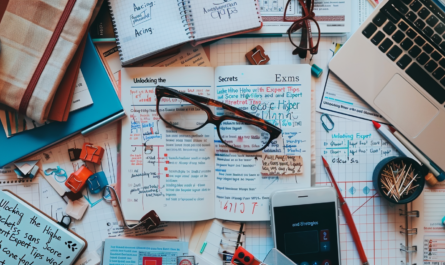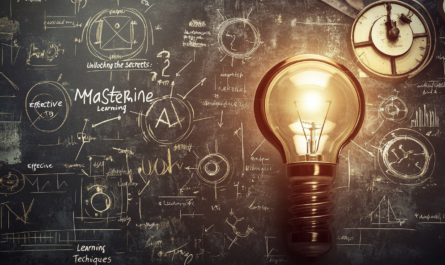Mastering the Art of Learning: Unleashing the Power of Effective Techniques
Learning is a lifelong process that allows us to grow, adapt, and succeed in various aspects of life. Whether it’s acquiring new skills, gaining knowledge, or developing expertise in a particular field, the art of learning is a fundamental aspect of personal and professional growth. However, not all learning techniques are created equal. Some methods are more effective than others, and mastering the art of learning involves understanding and harnessing the power of these techniques.
One of the most powerful techniques for effective learning is active learning. Unlike passive learning, where information is simply absorbed without much engagement, active learning requires active participation and involvement. This can include activities such as discussions, problem-solving, hands-on experiments, or even teaching others. By actively engaging with the material, learners are more likely to understand and retain information, as well as develop critical thinking and problem-solving skills.
Another effective technique is spaced repetition. This technique involves reviewing information at regular intervals over a period of time. Instead of cramming all the information into one study session, spaced repetition allows for better retention and long-term memory. By revisiting the material at increasing intervals, learners reinforce their understanding and prevent forgetting. This technique is particularly useful for subjects that require memorization, such as languages, historical facts, or scientific formulas.
Furthermore, the power of visualization cannot be underestimated when it comes to effective learning. Our brains are wired to process visual information more efficiently than text or verbal information. By visualizing concepts, ideas, or processes, learners can enhance their understanding and recall. This can be done through mind maps, diagrams, or even mental imagery. Visualizing information helps to create connections and associations, making it easier to retrieve and apply knowledge.
In addition to these techniques, effective learning also involves setting clear goals and objectives. By defining what needs to be achieved, learners can focus their efforts and measure their progress. Setting realistic and specific goals provides motivation and direction, ensuring that learning becomes a purposeful and intentional process.
Moreover, feedback plays a crucial role in effective learning. Regular feedback allows learners to assess their understanding, identify areas of improvement, and make necessary adjustments. Whether it’s through self-assessment, peer evaluation, or feedback from instructors, constructive feedback provides valuable insights that can enhance learning outcomes.
Lastly, the power of reflection should not be overlooked. Taking the time to reflect on what has been learned, how it has been learned, and how it can be applied in real-life situations helps to solidify knowledge and deepen understanding. Reflection encourages critical thinking, self-awareness, and the ability to transfer knowledge to new contexts.
Mastering the art of learning requires a combination of these effective techniques. By actively engaging with the material, utilizing spaced repetition, visualizing information, setting goals, seeking feedback, and reflecting on the learning process, individuals can unleash the power of effective learning. Whether it’s in the classroom, the workplace, or personal endeavors, these techniques can help individuals become lifelong learners, continuously growing and adapting to new challenges and opportunities. So, embrace the art of learning and unlock your full potential.